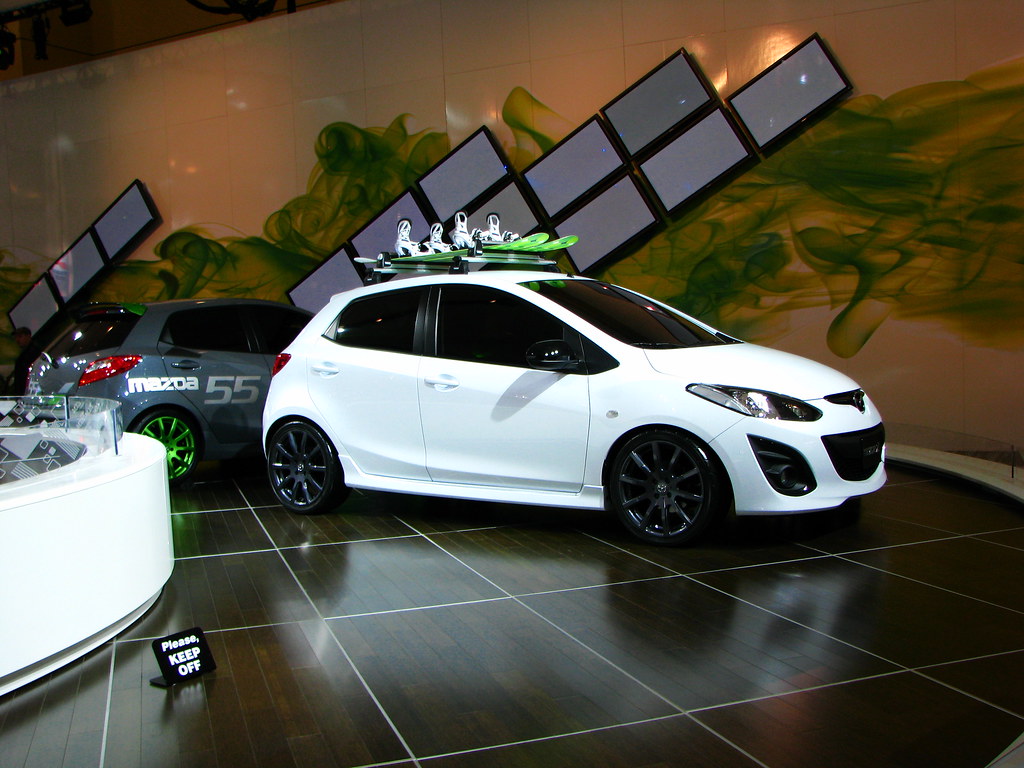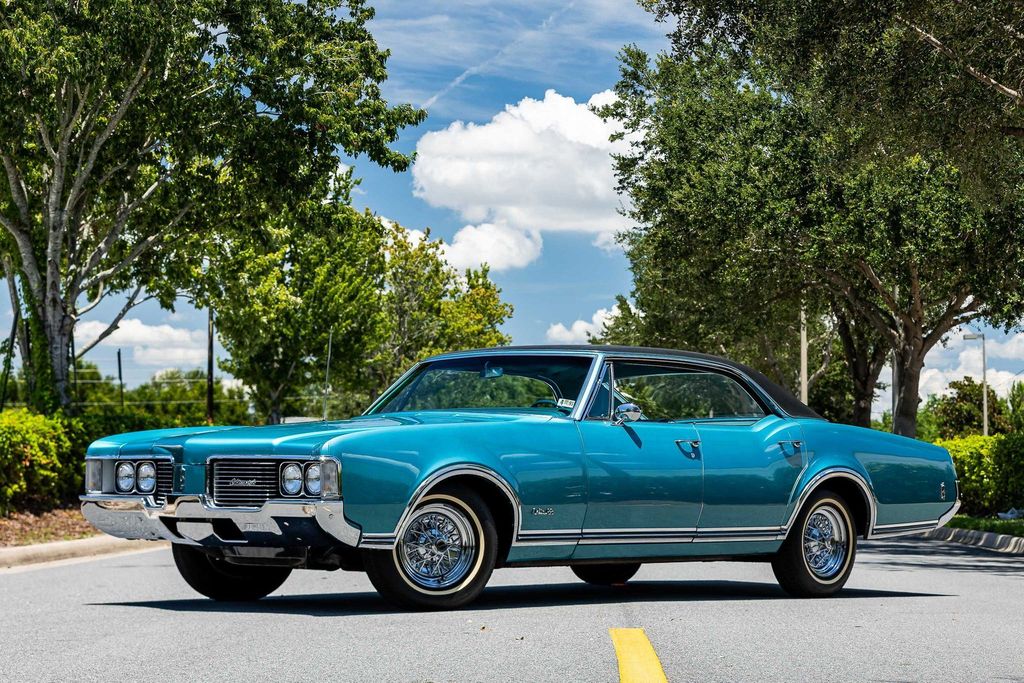
Classic cars evoke a profound sense of nostalgia and charm, transporting us back to a time when automotive design prioritized simplicity, durability, and a distinct character. These machines were truly built differently, meticulously crafted with purpose and longevity in mind, a stark contrast to today’s products often designed with planned obsolescence. Many beloved features that were once considered novel or standard have, over time, become rare or simply forgotten.
The automotive landscape is constantly evolving, driven by relentless technological progress, shifting design tastes, economic considerations, and ever-advancing safety standards. This dynamic environment has led to the complete phasing out of numerous unique classic car features, leaving them as cherished relics of the past. Appreciating their ingenious design offers us a unique perspective on just how far automotive engineering has advanced and how it continues to adapt, leaving these once-ubiquitous elements firmly in its rear-view mirror.
Join us as we take a captivating ride back in time, exploring ten classic car features that have likely vanished forever from the modern vehicle. We’ll uncover the practical genius and quirky charm behind each one, understanding why they were once essential and what led to their eventual disappearance. Get ready to spark your curiosity about the fascinating evolution of the automobile.
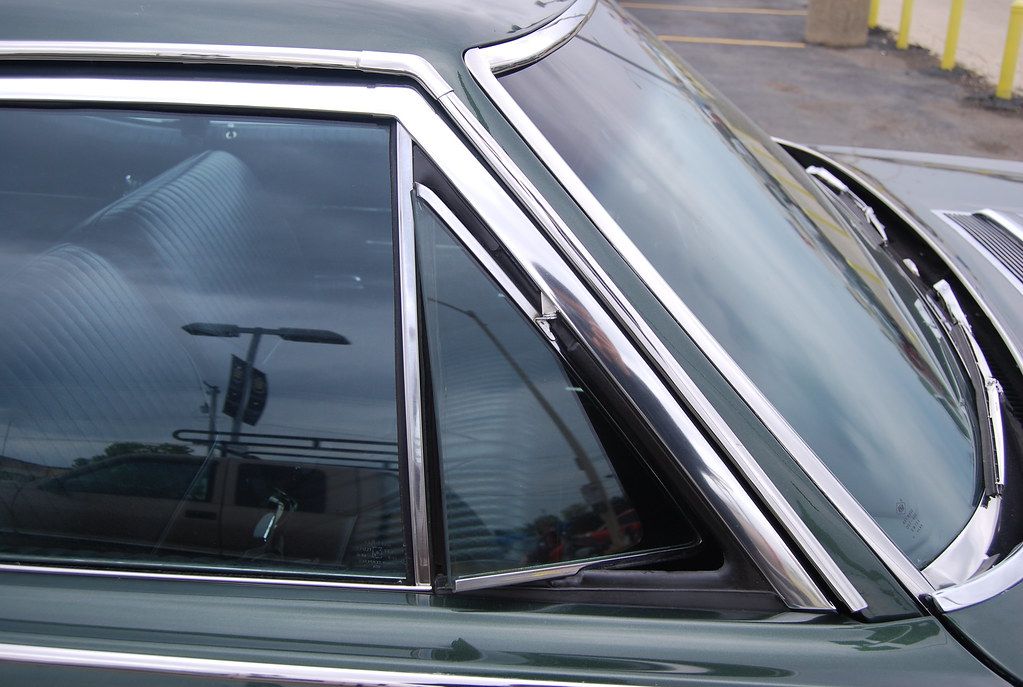
1. **Vent Windows**: Imagine cruising down the open road, windows down, with the wind perfectly channeled to your liking. Before the widespread adoption of air conditioning, this special feeling of freedom and natural airflow was often achieved through the clever design of vent windows. Also known as “wing windows,” these small, triangular panes were typically set on hinges and could be effortlessly rotated inward. This simple yet ingenious mechanism allowed drivers to precisely control the amount and direction of airflow entering the cabin, effectively providing a form of natural air conditioning.
These little innovators were a remarkably practical and enjoyable addition to older cars, offering drivers unparalleled control over interior ventilation. Their popularity soared through the 1960s and 1970s, becoming a common sight on many vehicles. However, as automotive air conditioning systems became increasingly efficient, affordable, and common in the 1980s, the need for vent windows diminished. They were gradually phased out completely, marking them as one of the many old car features we rarely encounter today.
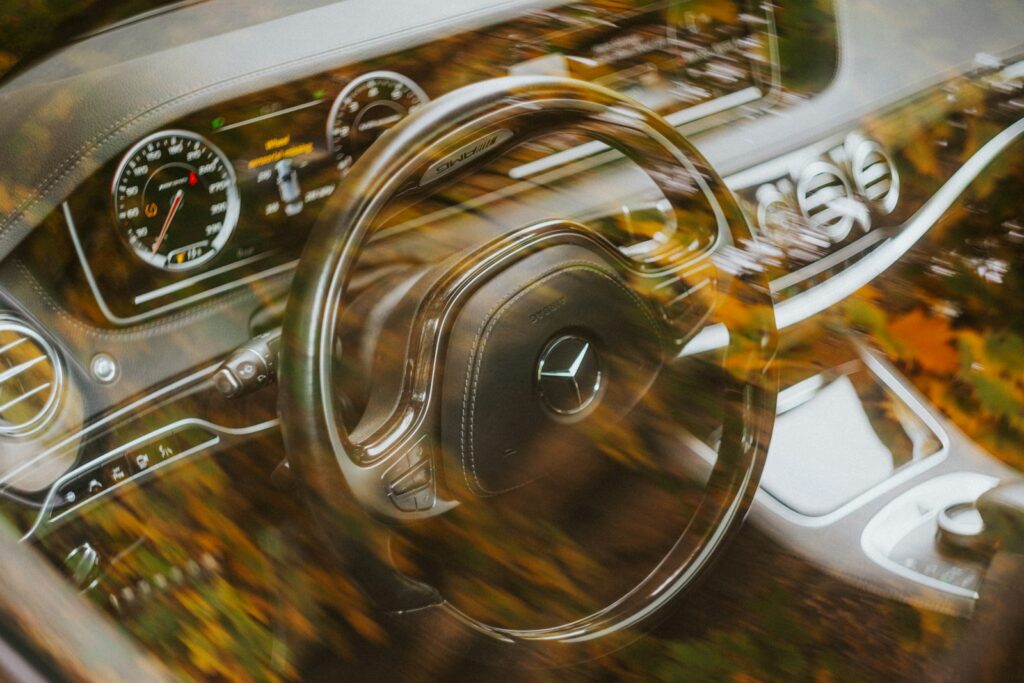
2. **Rolling Drum Odometers**: Stepping onto a used car lot in a bygone era, you might have spotted a fascinating mechanical odometer visible through a small window on an older vehicle’s dashboard. These rolling drum odometers presented a satisfying visual display, much like a game to find cars boasting the highest mileage number. They operated with small wheels or drums, each intricately printed with digits from zero to nine.
As the car traversed the miles, the rotation of these wheels, driven by a series of gears within the odometer, would sequentially turn the digits. Witnessing the numbers slowly tick over, especially reaching a momentous milestone like 100,000 miles, was a genuinely satisfying experience worth celebrating. However, these mechanical marvels were not without their flaws; they were notably prone to error due to wear and tear. Misaligned gears or drums could lead to inaccurate mileage readings, and the industry faced the pervasive issue of odometer fraud, where numbers could be easily rolled back to falsely reduce a vehicle’s apparent mileage. Maintaining their calibration also required a specialized skill set. These challenges, coupled with the advent of more precise and reliable digital odometers that now dominate modern cars, ultimately led to the retirement of the classic rolling drum. Despite their absence, they continue to evoke a strong sense of nostalgia among classic car enthusiasts.
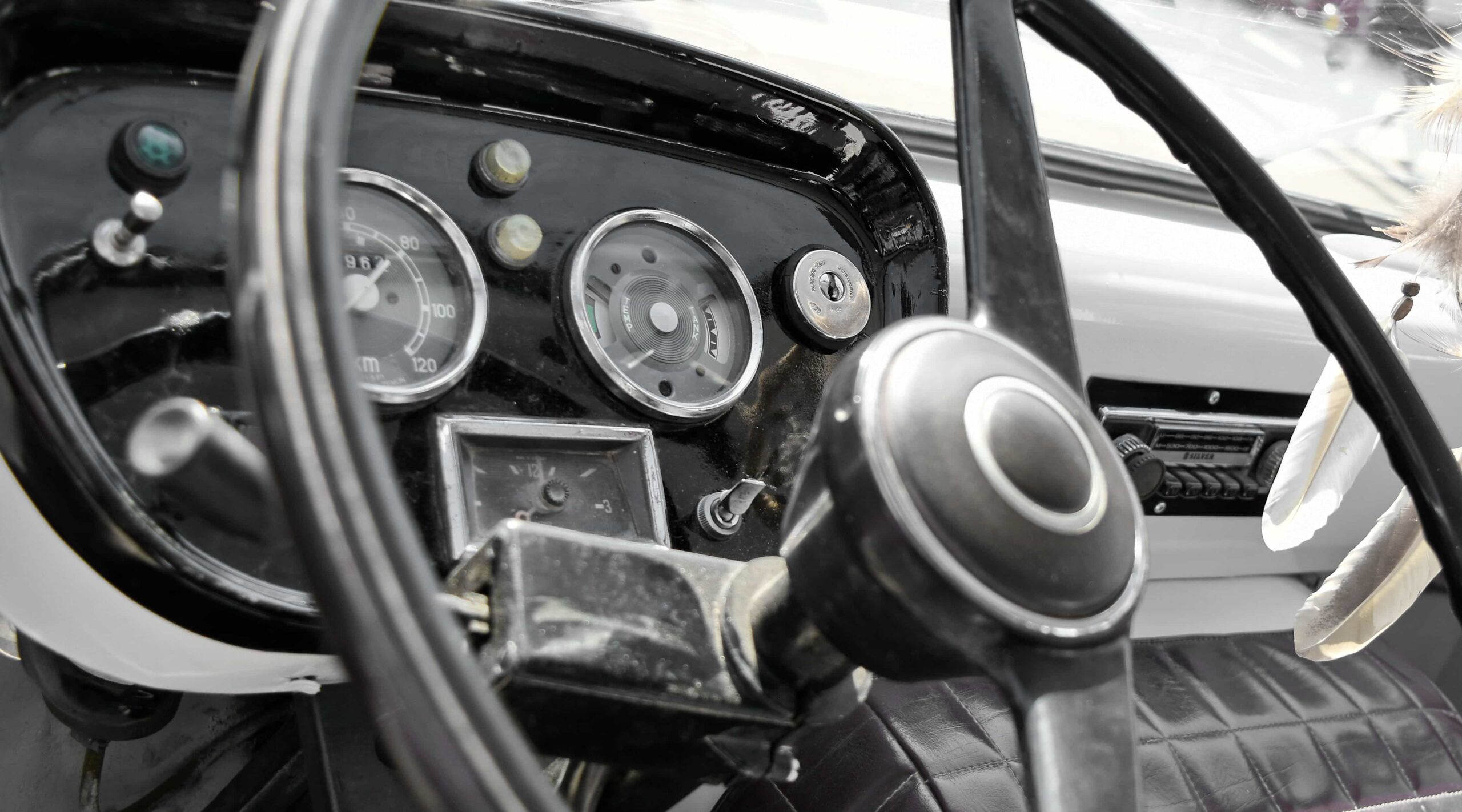
3. **Metal Dashboards**: When picturing classic cars, many enthusiasts envision rugged, straightforward designs characterized by an abundance of metal. In the nascent days of automotive manufacturing, dashboards were predominantly crafted from steel or aluminum, a concept almost unfathomable given today’s stringent safety regulations. These early metal dashboards exuded a raw, industrial charm, standing in stark contrast to the softer, padded plastic and vinyl dashboards common in modern vehicles.
On these robust metal surfaces, you would typically find a array of tactile knobs and switches, providing direct control over essential functions like lights, wipers, and ventilation. Analog gauges offered a more visceral and tactile connection to the vehicle, allowing drivers to truly experience the essence of their car. However, safety concerns quickly mandated a shift to softer materials, as metal dashboards proved to be dangerously unyielding in the event of an accident. Furthermore, metal dashboards absorbed significant heat during summer months, becoming icy cold in winter, making insulation a crucial priority in newer car designs. The pervasive vibrations and noise transmitted from the road and engine also spurred automakers to prioritize comfort and quietness. Consequently, while metal dashboards were once ubiquitous in classic cars, advancements in safety, comfort, and technology ultimately led to their well-deserved retirement.

4. **Analog Clocks**: The transition from the analog to the digital era inevitably brought significant changes to car interiors, and dashboard clocks were among the first features to undergo a radical makeover. Analog clocks once lent a touch of understated elegance and practical functionality to a car’s dashboard, featuring the familiar hour and minute hands we now largely associate with traditional timepieces. These clocks could be positioned anywhere on the dashboard, adding to the classic car’s unique charm and distinctive interior aesthetic.
Yet, as technology relentlessly advanced, cars began sporting increasingly futuristic dashboards dominated by digital displays, expansive screens, and integrated navigation systems. These modern interfaces have since taken over our center consoles, seamlessly blending with sleek, contemporary exterior designs. While the majority of cars have embraced digital timekeeping, a select few luxury car manufacturers, such as Maserati, Lexus, and Mercedes, still feature analog clocks. These are no longer mere time-telling devices but have evolved into true statement pieces, signaling a brand’s commitment to timeless design and craftsmanship. Analog clocks in classic cars serve as a powerful reminder of a bygone era, evoking a sense of nostalgia for simpler, more tactile driving experiences. Perhaps, as design trends continue to cycle, we might one day witness a revival of this charming classic feature.
Steering our journey from the initial set of vanishing features, we now turn our attention to another captivating array of classic car elements that have, for various compelling reasons, faded into the annals of automotive history. These remaining five features offer further insights into the fascinating evolution of vehicle design, reflecting societal shifts, technological leaps, and the enduring quest for efficiency and safety. They remind us that while progress is constant, some innovations from yesteryear hold a timeless charm.
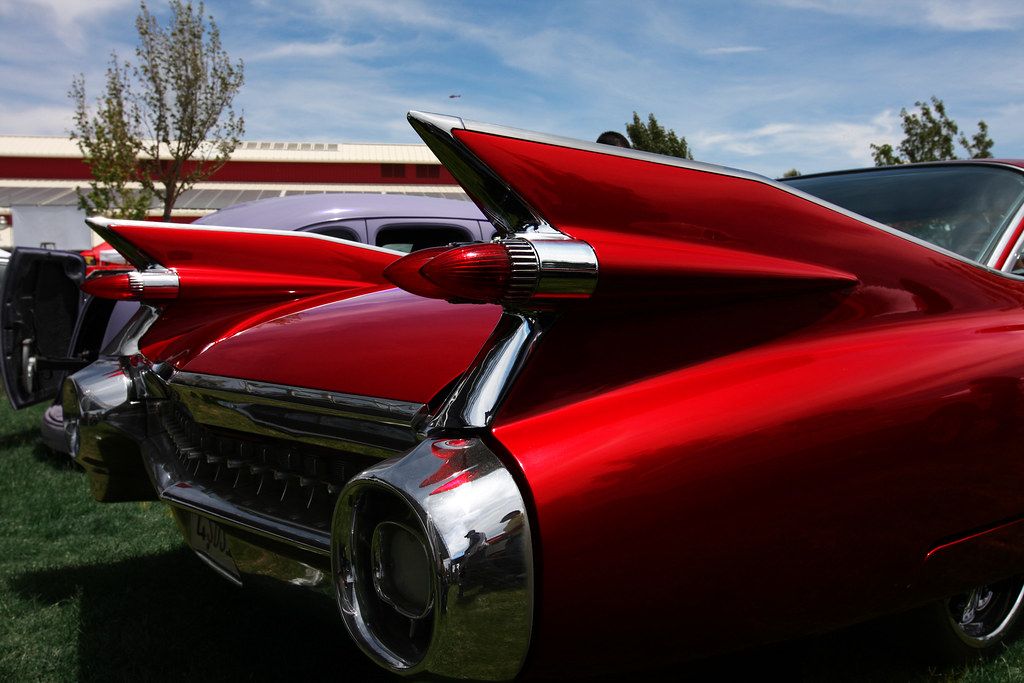
5. **Tailfins**: The mere mention of tailfins instantly transports us to the flamboyant era of the 1950s and 1960s, a period deeply influenced by the burgeoning Space Race. These bold and utterly fascinating design elements weren’t just about making a statement; they were a direct reflection of a society captivated by aviation and the limitless possibilities of space exploration. It was General Motors’s Franklin Quick Hershey, as chief of GM’s Special Car Design Studio, who is credited with introducing the first small fins on the 1948 Cadillac, drawing inspiration from the twin rudders of the P-38 airplane. This initial spark ignited a widespread trend, leading other manufacturers to rapidly incorporate and even enlarge these distinctive features.
As the aviation industry transitioned to jet power, so too did automotive design, with cars taking on aesthetics that strikingly resembled the tailfins of jet fighters and space rockets. More than just a stylistic flourish, these fins became potent symbols of progress, speed, and futuristic vision. Beyond their undeniable visual impact, tailfins offered surprising functional benefits; they were designed to enhance stability, improve aerodynamics, and even reduce the need for steering correction when cars encountered crosswinds. Many designs cleverly integrated taillights directly into the fin structure, further increasing visibility and adding to their overall presence.
However, as with all design trends, tastes eventually shifted. The elaborate, dramatic lines of tailfins gradually fell out of favor, superseded by a growing preference for minimalism, sleeker profiles, and more understated aesthetics. The automotive world moved towards designs prioritizing efficiency and simplicity over ostentatious displays, marking the end of the tailfin’s reign and cementing its place as an iconic, yet bygone, feature of classic American cars.
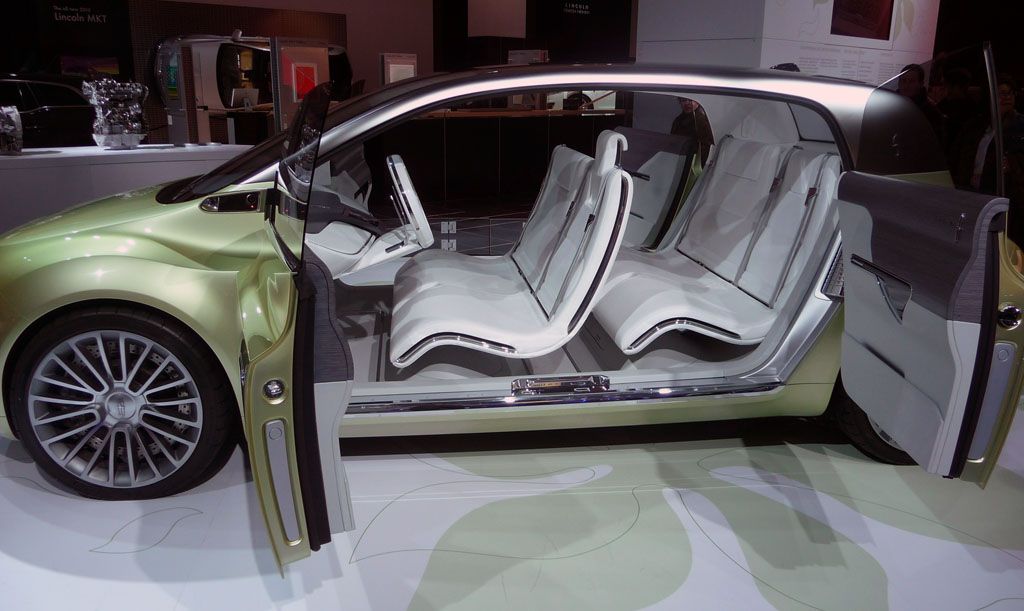
6. **Suicide Doors**: In an era so heavily focused on automotive safety, the very name “suicide doors” immediately flags this feature as a relic from a dramatically different time. Also known as coach doors or rear-hinged doors, these distinctive portals were originally found on horse-drawn carriages before making their way into the early automotive landscape. Their defining characteristic was that they opened in the opposite direction to conventional front-side doors, with hinges at the rear rather than the front. This unique opening mechanism is likely where their somewhat morbid name originated, as early designs presented significant safety risks.
One of the primary dangers associated with suicide doors was the aerodynamic drag created when they were opened while the vehicle was in motion. This force could potentially cause the doors to fly open unexpectedly, creating a hazardous situation and, in extreme cases, even pulling passengers out of the car. Adding to their infamous reputation, these doors were reportedly favored by mobsters during the 1930s gangster era, as their outward swing made it easier to push unwanted passengers out of a moving vehicle. Moreover, a fast car equipped with rear-hinged doors posed a considerable risk of hitting pedestrians or objects if opened carelessly.
Despite their inherent dangers, suicide doors undeniably possessed a certain cool factor and a distinctive visual appeal that set classic cars apart. However, safety concerns, coupled with practical inconveniences—such as passengers having to lean forward and out of the car to properly shut them—ultimately led to their widespread phasing out. Manufacturers also faced extra hurdles and complexities in producing these doors to meet evolving safety standards. While a few modern luxury models have seen a resurgence of the suicide door, often with sophisticated safety interlocks, for most of us, this unconventional yet captivating classic car feature has largely bid adieu.
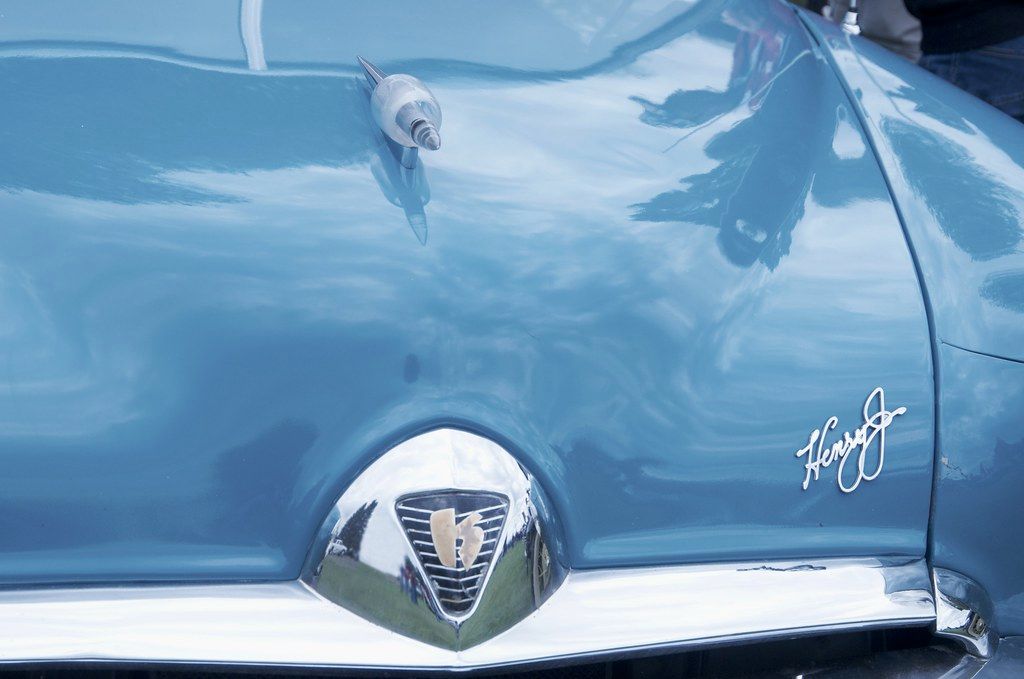
7. **Hood Ornaments**: Once perched proudly front and center on a car’s hood, these small statuettes, often referred to as mascots, were far more than mere decorations; they were miniature works of art that bestowed a unique identity and decorative flourish upon classic cars. The concept itself has ancient roots, dating back to ships that adorned their helms with wooden sculptures. The very first “hood ornament” is believed to be the Egyptian pharaoh Tutankhamun’s sun-crested falcon, gracing his royal chariot. By the 1920s, as classic cars gained popularity, these ornaments often doubled as radiator caps, evolving into a standard and highly visible feature.
Sculptors meticulously crafted these detailed miniature figurines, drawing inspiration from a wide array of sources, including animals that symbolized strength or grace, and stylized brand logos that communicated prestige. They were frequently made from luxurious materials such as gleaming chrome, elegant glass, or even precious metals, transforming each car into a mobile display of artistry. Iconic examples abound, from Rolls-Royce’s theft-proof “Spirit of Ecstasy,” a symbol of grace and luxury, to Bentley’s dynamic flying “B,” and Jaguar’s instantly recognizable leaping jaguar, embodying speed and agility.
However, the relentless march of progress, particularly in automotive safety regulations, brought about the demise of these beloved features. The risk of injury to pedestrians in the event of a collision became a paramount concern, as fixed hood ornaments could exacerbate impact injuries. The persistent problem of theft, as these valuable adornments were often targeted, also played a significant role. Furthermore, aerodynamic drag caused by protruding ornaments, which could even cause the hood to potentially pop open while driving, contributed to their disappearance. Today, while a handful remain as retractable or purely symbolic elements on ultra-luxury vehicles, hood ornaments are largely seen as a captivating symbol of a bygone era, cherished by enthusiasts who appreciate their historical significance and artistic merit.
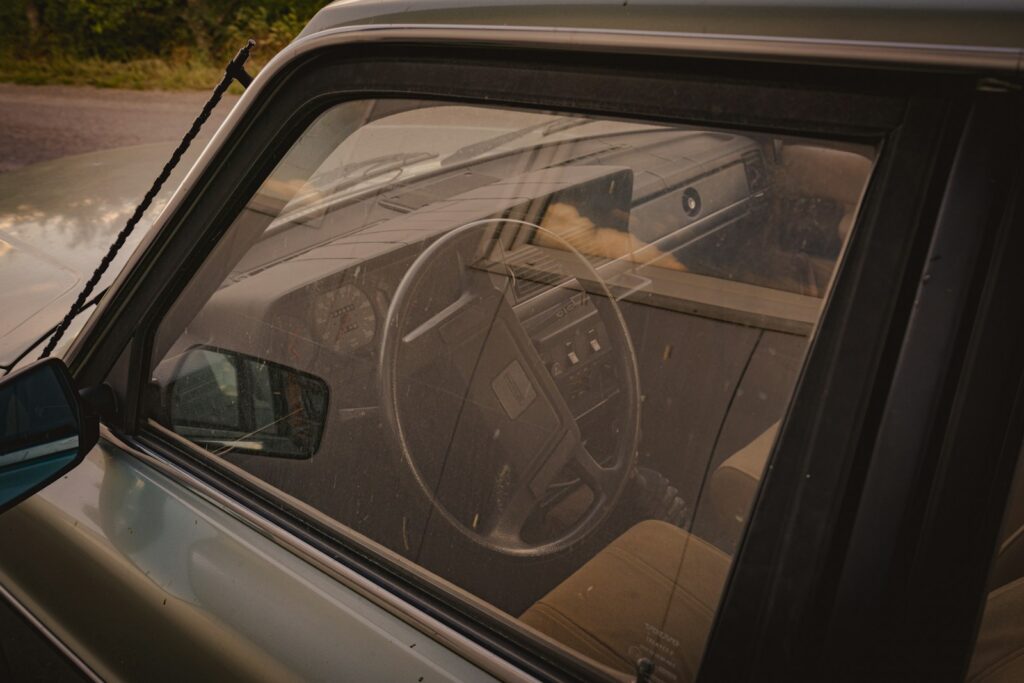
8. **Manual Window Cranks**: In an age defined by effortless convenience, the notion of manually operating a car window feels almost archaic. Yet, for decades, the manual window crank was a standard, reliable, and utterly common feature, requiring drivers and passengers alike to engage in a physical act to raise or lower their windows. This simple rotary mechanism, consisting of a gear and rotary mechanism encased within the door panel, was considered a significant upgrade from even earlier window designs that merely folded down. It was straightforward, incredibly durable, and required no electricity, meaning it would function flawlessly even if the car’s electrical system failed.
The act of turning the crank, often accompanied by a distinctive grinding or whirring sound, was an integral part of the driving experience. It gave the user precise control over the window’s position and, for some, even offered a subtle, unintended upper body workout during summer cruising! Children often found a curious fascination in operating them, sometimes leading to playful squabbles over whose turn it was to ‘crank it.’ Despite their robust reliability and charming simplicity, the mid-1990s marked the beginning of the end for manual window cranks.
The widespread adoption of powered windows, controlled by the mere touch of a button, ushered in a new era of convenience. These electric systems eliminated the need for extra handles and offered effortless operation, rapidly becoming the norm across all vehicle segments. While manual window cranks have largely vanished from modern vehicles, they continue to evoke a powerful sense of nostalgia among classic car enthusiasts. They serve as a tangible reminder of a time when automotive features were designed with a focus on mechanical durability and direct tactile engagement, echoing a simpler, more hands-on approach to driving.
While we might feel a pang of nostalgia for the tactile engagement of a manual window crank or the distinctive presence of a hood ornament, their absence speaks volumes about how far vehicle design has come. Today’s cars are marvels of integrated technology, efficiency, and safety, often designed with a sleek, minimalist aesthetic. Yet, by understanding the ingenious design and the compelling reasons behind the phasing out of these iconic elements, we gain a deeper appreciation for the fascinating, dynamic evolution of the automobile. These cherished relics, firmly in our rear-view mirror, continue to captivate our imaginations, reminding us of the rich character that once defined the open road.

